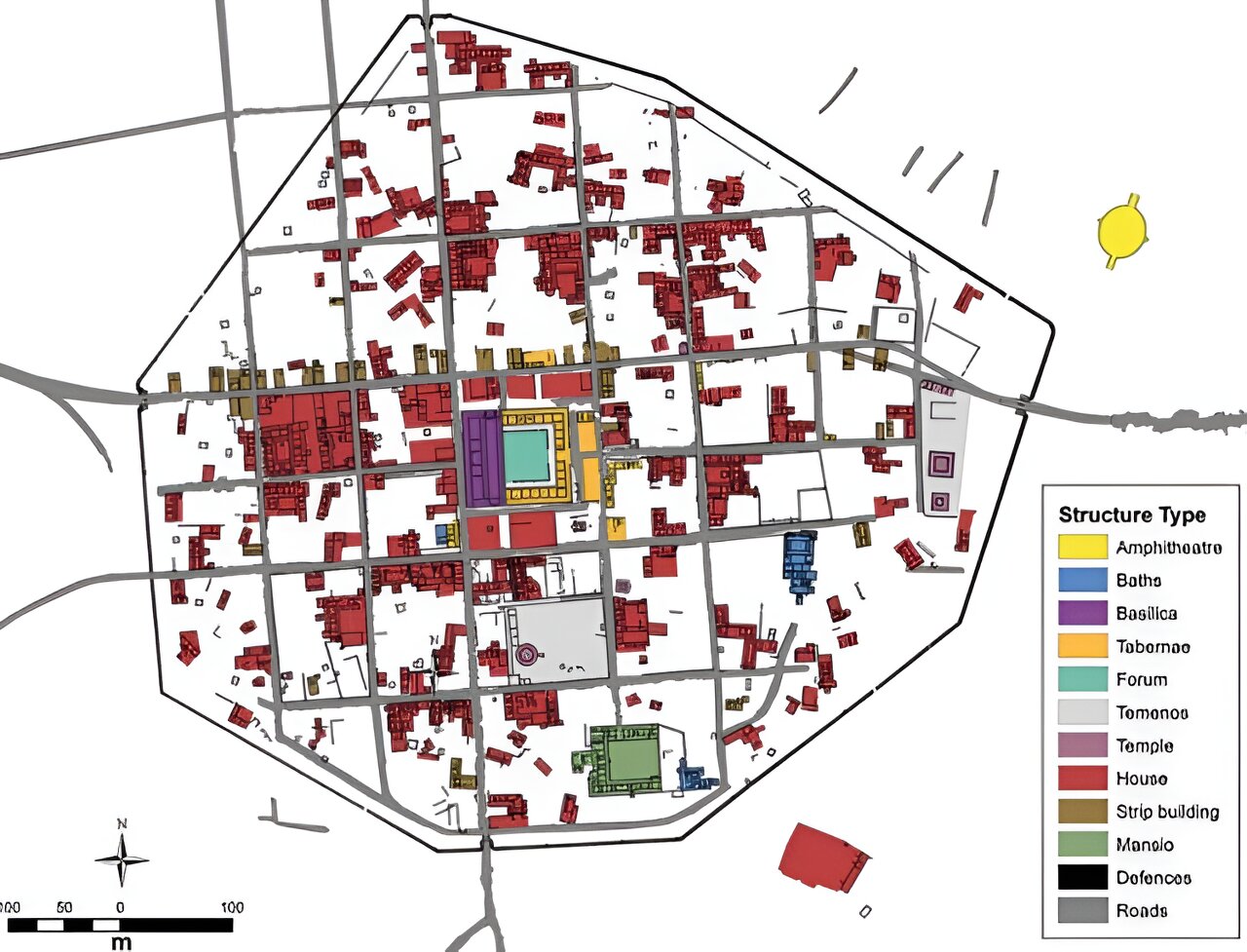A rough site plan for the Roman-era village of Silchester in south-central England, now a ruin, has existed since antiquarians excavated it in the late 19th and early 20th centuries. Though extensive, these efforts used techniques that are now outdated and, modern researchers note, represent only the most well-preserved structures.
Accordingly, the popular estimates of Silchester’s residential population, which suggest around 4,000 people at its peak in the Late Roman period, may be inaccurate, new research suggests.
This seems particularly likely considering more recent excavations of the site and other sites nearby, which have shown a large proportion of timber houses relative to stone ones. Newer studies have provided evidence along the same lines through a combination of geophysical survey and aerial photography.
In research recently published in Britannia, Scott Ortman, a University of Colorado Boulder associate professor of anthropology, and John Hanson, formerly a CU Boulder postdoctoral researcher and now a University of Oxford associate professor of Roman archaeology and art, were inspired by these developments to make a new estimate of Silchester’s peak population. Their final figure of about 5,500 people has implications for not only the history of Silchester, but also Roman Britain and, potentially, the entire Roman Empire.


